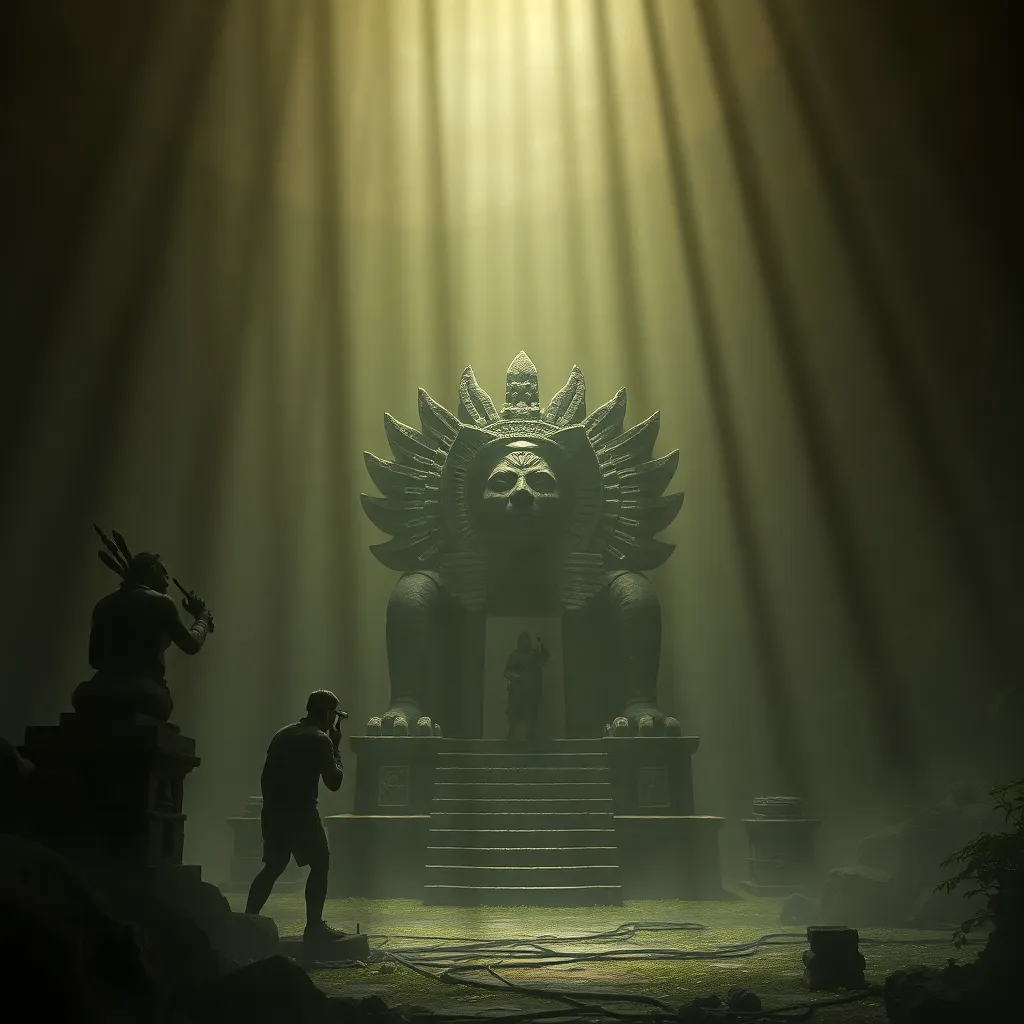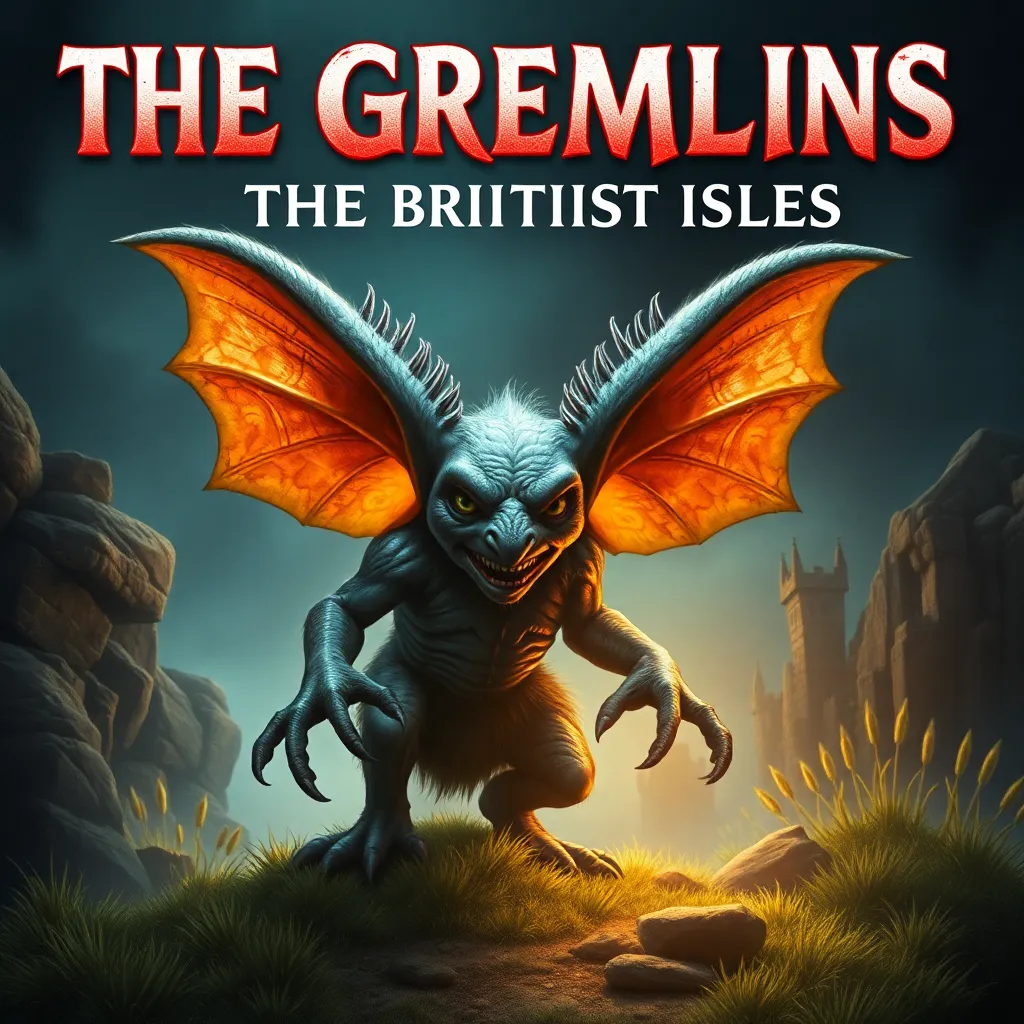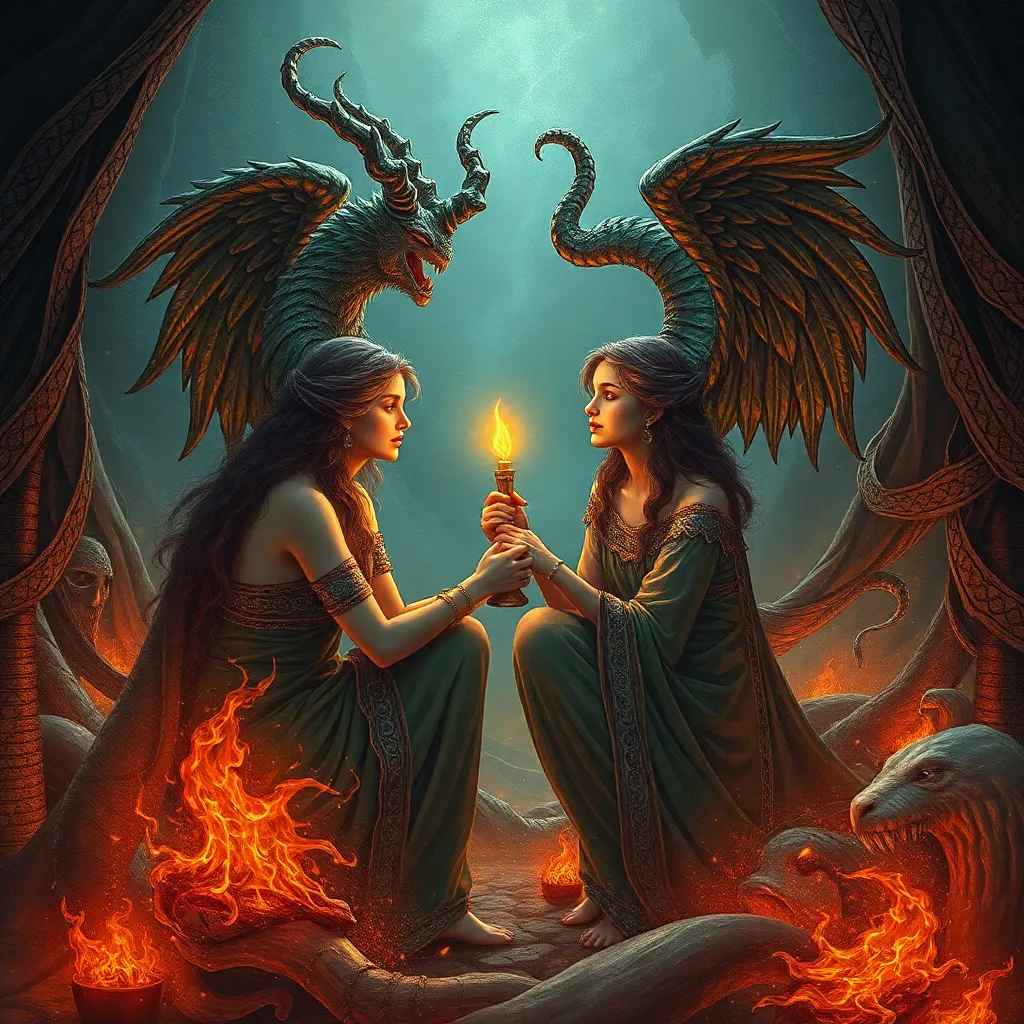The Shadow of Ah Puch: Aztec Influences on the Mayan Underworld
I. Introduction
The ancient civilizations of the Maya and Aztecs are two of the most prominent cultures of Mesoamerica, each with its own complex pantheon of gods, rich traditions, and elaborate mythologies. The Maya, known for their advanced writing system and calendar, held a deep reverence for the afterlife, with deities that governed death and the underworld.
Among these deities is Ah Puch, the Maya god of death, who plays a crucial role in their mythology. His imagery and mythology have been intertwined with the concepts of death and the afterlife in the Maya worldview. This article aims to explore the influence of Aztec culture on the Mayan underworld, specifically focusing on the interactions between their respective belief systems and deities.
II. Understanding Ah Puch: The Mayan God of Death
Ah Puch, often depicted as a skeletal figure adorned with symbols of decay, embodies the fear and reverence of death in Maya society. His attributes typically include:
- A skeletal body
- A decaying face
- Symbols of death such as owls and bats
Within the complex pantheon of the Maya, Ah Puch holds a significant position. He is often associated with the underworld, known as Xibalba, where the souls of the deceased would journey after death. The cultural significance of death in Maya society cannot be overstated; it was not an end but a transition to another phase of existence, influencing their rituals, funerary practices, and societal structure.
III. The Aztec Underworld: Mictlan and Its Deities
In contrast to the Maya’s Xibalba, the Aztecs believed in a different underworld known as Mictlan. This realm was characterized by its own unique set of beliefs and deities. Mictlan was seen as a place where souls traveled after death, undergoing trials before reaching their final resting place. Key figures associated with Mictlan include:
- Mictlantecuhtli: The lord of the underworld, often depicted as a skeletal figure.
- Mictecacihuatl: The female counterpart, who presides over the dead.
According to Aztec beliefs, the journey of the soul to Mictlan was perilous, involving several challenges that required guidance and assistance from deities. This journey mirrored the complexity of life and death in Aztec cosmology, emphasizing the importance of rituals to honor the dead.
IV. Comparative Analysis: Ah Puch and Aztec Deities
When examining the figures of Ah Puch and Aztec deities like Mictlantecuhtli, several similarities and differences arise:
Similarities:
- Both are associated with death and the afterlife.
- Each deity is depicted with skeletal features, symbolizing their connection to mortality.
- They serve as guides for souls transitioning to the afterlife.
Differences:
- Ah Puch is primarily linked to the decay and fear of death, while Mictlantecuhtli embodies a more dualistic nature, balancing life and death.
- The rituals surrounding Ah Puch often involved offerings to appease him, whereas Aztec practices included elaborate ceremonies to honor both Mictlantecuhtli and Mictecacihuatl.
This blending of traits and attributes highlights the complex interplay between these two cultures, revealing how they may have influenced one another over time.
V. Cultural Exchange: The Interaction of Maya and Aztec Societies
The historical context surrounding the interactions between the Maya and Aztec civilizations is crucial to understanding their cultural exchange. These interactions occurred through various mechanisms:
- Trade: Extensive trade routes linked the two civilizations, facilitating the exchange of goods and ideas.
- Conquest: The expansion of the Aztec Empire brought them into contact with various Maya city-states.
- Shared rituals: Certain religious practices may have been adopted or adapted from one culture to another.
This interaction led to a rich tapestry of beliefs where elements of Aztec mythology gradually influenced Maya traditions, particularly in their concepts of death and the afterlife.
VI. Artistic Representations of the Underworld
Both Maya and Aztec civilizations showcased their beliefs through art, which served as a crucial medium for expressing their religious ideologies.
Maya Art:
Maya art often depicted Ah Puch and the underworld in various forms:
- Pottery featuring scenes of the afterlife
- Stelae inscribed with glyphs related to death
- Murals illustrating the journey to Xibalba
Aztec Art:
Similarly, Aztec art represented Mictlan and its deities:
- Sculptures of Mictlantecuhtli adorning temples
- Codices illustrating the soul’s journey through Mictlan
- Offerings and ceremonial masks used in rituals
A comparative analysis of these artistic styles reveals distinct themes, with Maya art often focusing on the spiritual journey, while Aztec representations emphasize the duality of life and death.
VII. Modern Interpretations and Legacy
In contemporary culture, the figures of Ah Puch and Aztec deities remain influential, often reinterpreted in various forms:
- Popular media: Films, literature, and art continue to explore Mesoamerican mythology.
- Cultural identity: Modern Central American communities often draw from these ancient beliefs to shape their identities.
- Revival practices: Efforts are underway to preserve and revive ancient rituals and beliefs, integrating them into modern life.
These modern interpretations highlight the enduring legacy of these ancient cultures and their belief systems.
VIII. Conclusion
In summary, the exploration of Aztec influences on the Mayan underworld reveals a complex interplay between these two rich cultures. The figures of Ah Puch and Mictlantecuhtli illustrate how death and the afterlife were perceived, revealing both similarities and differences that shaped their respective mythologies.
Understanding these cultural interconnections is vital in appreciating the depth of Mesoamerican mythology and religion. Further research into these ancient beliefs can provide more insights into their lasting impact on contemporary society and cultural identity.



